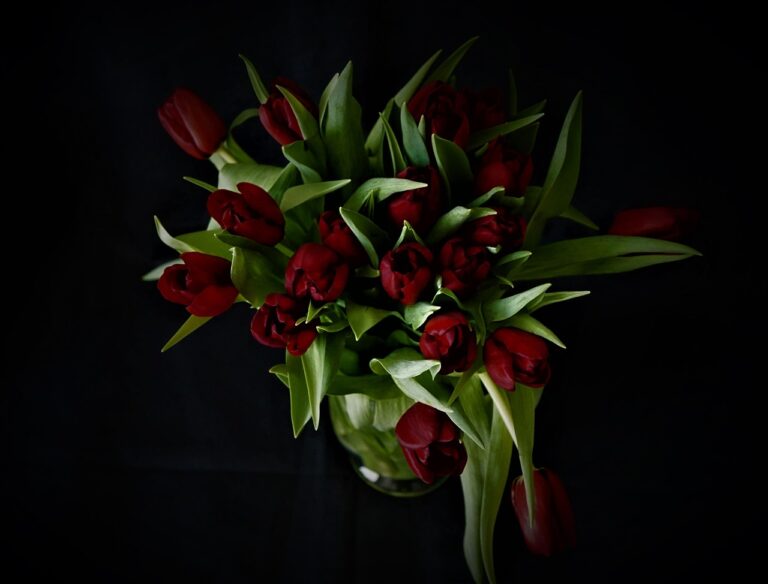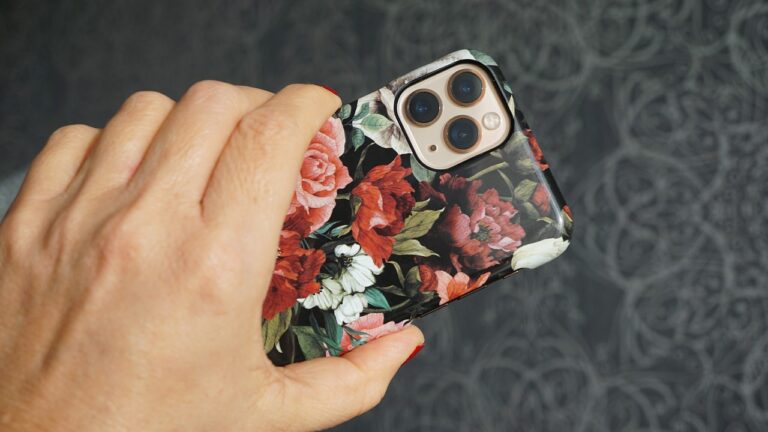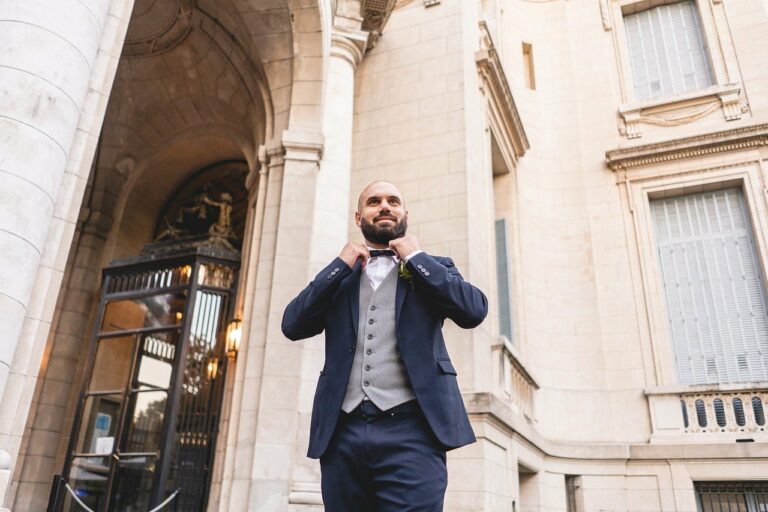The Influence of Art Movements on Fashion Color Theory
Art movements have long been influential in shaping fashion color theory. From the soft pastels and light hues of Impressionism to the bold color blocking of Cubism, each movement brings its unique palette to the world of fashion. These artistic styles not only inspire designers but also dictate the trends that consumers embrace season after season.
Impressionism, characterized by its dreamy and light-filled scenes, has influenced fashion with its use of soft pastels and delicate hues. These colors evoke a sense of romance and nostalgia, often seen in flowing dresses and ethereal fabrics. On the other hand, Cubism, with its geometric patterns and bold color blocking, brings a more graphic and modern aesthetic to fashion. Designers play with contrasting colors and shapes, creating dynamic and eye-catching looks on the runway.
Impressionism: Soft Pastels and Light Hues in Fashion
In the world of fashion, the influence of Impressionism is evident in the prevalent use of soft pastels and light hues. Designers draw inspiration from the delicate brushstrokes and ethereal color palettes of Impressionist paintings to create garments that exude a sense of softness and femininity. Soft pinks, pale blues, muted greens, and light yellows are often seen in collections that pay homage to this art movement, evoking a sense of dreaminess and romanticism.
Garments in soft pastels and light hues are popular choices for spring and summer collections, as they perfectly capture the essence of the season. Flowy dresses, breezy tops, and airy skirts in these colors bring a sense of freshness and lightness to the wearer, making them ideal for warm weather outfits. Whether adorned with delicate floral prints or subtle texture, these pieces reflect the essence of Impressionism, bringing a touch of artistic charm to the world of fashion.
Cubism: Geometric Patterns and Bold Color Blocking
During the early 20th century, the Cubist art movement emerged, challenging traditional artistic norms with its unique geometric forms and abstract representations. This avant-garde movement, led by artists such as Pablo Picasso and Georges Braque, aimed to depict objects from multiple perspectives simultaneously, breaking them down into geometric shapes and forms. This revolutionary approach to art not only influenced the world of visual arts but also left a lasting impact on other creative fields, including fashion.
In the realm of fashion, the influence of Cubism can be seen through the use of geometric patterns and bold color blocking. Designers drew inspiration from Cubist artworks, incorporating sharp angles, fragmented shapes, and contrasting hues into their collections. Garments featuring asymmetrical silhouettes, abstract prints, and bold color combinations became synonymous with the Cubist aesthetic, reflecting the movement’s innovative and dynamic spirit. The fusion of art and fashion during this period resulted in a new approach to color theory and design, pushing boundaries and paving the way for future creative exploration.
• Cubism emerged in the early 20th century, led by artists like Pablo Picasso and Georges Braque
• The movement aimed to depict objects from multiple perspectives simultaneously through geometric shapes
• Cubist influence extended to fashion, inspiring designers to use geometric patterns and bold color blocking
• Asymmetrical silhouettes, abstract prints, and bold color combinations became popular in fashion during this period
• The fusion of art and fashion during the Cubist era resulted in a new approach to color theory and design
What is Cubism?
Cubism is an art movement that emerged in the early 20th century, characterized by the use of geometric shapes, bold color blocking, and the representation of subjects from multiple viewpoints.
How did Cubism influence fashion?
Cubism influenced fashion by inspiring designers to incorporate geometric patterns and bold color blocking into their designs. The use of sharp angles and contrasting colors became popular in clothing and accessories.
How does color theory play a role in Cubism-inspired fashion?
Color theory is essential in Cubism-inspired fashion, as designers often use bold and contrasting colors to create dynamic and eye-catching looks. The use of color blocking and geometric patterns adds a modern and artistic touch to the garments.
Are there any specific designers known for their Cubism-inspired collections?
Yes, several designers have been influenced by Cubism in their collections. Some notable examples include Yves Saint Laurent, Sonia Delaunay, and Piet Mondrian, who incorporated geometric shapes and bold colors into their designs.
Can anyone wear Cubism-inspired fashion?
Yes, Cubism-inspired fashion can be worn by anyone who appreciates bold and artistic designs. Whether you prefer minimalistic geometric patterns or vibrant color blocking, there are options available for every style preference.







